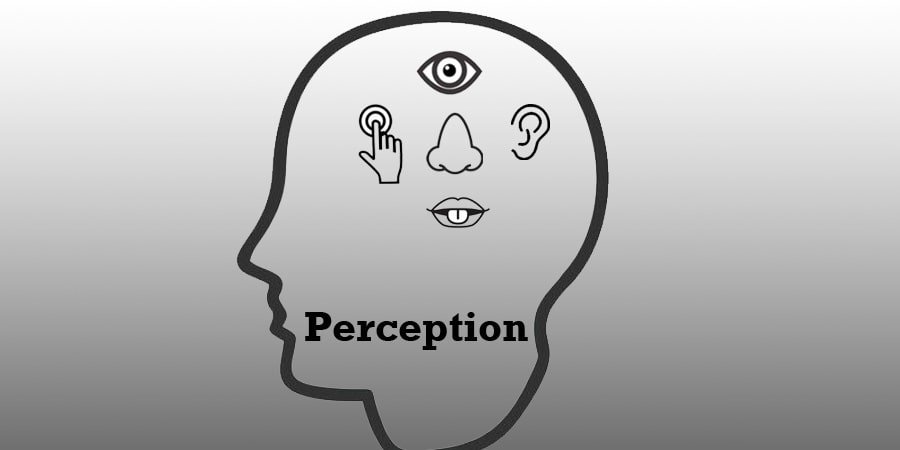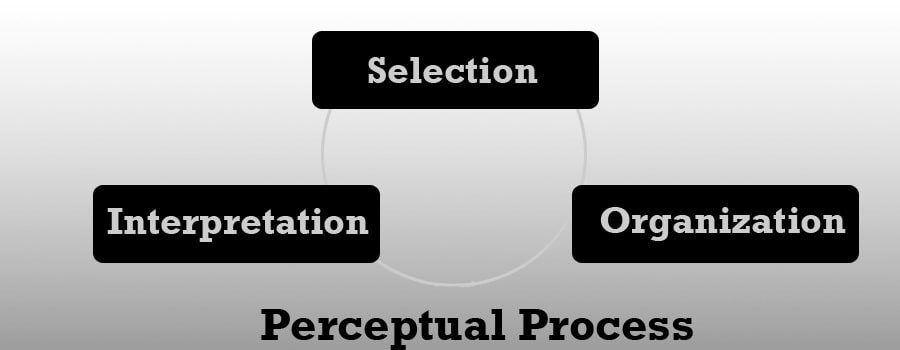Perception and Factors Affecting It

The world is not as it appears; our brains are the ultimate filter.
Perception is the lens through which we view the world. It shapes our reality, influencing how we interpret experiences and interact with others. It is not just about what we see or hear; it is about how our minds process these inputs based on our backgrounds, beliefs, and emotions.
Imagine two people witnessing the same event but walking away with entirely different interpretations. This interesting phenomenon highlights the complexity of human perception and invites us to explore the myriad factors that shape our understanding of the world.
Visual Perception: Seeing the World Around Us
Visual perception is our ability to notice, organize, and analyze the events happening around us. It is not just about seeing but about how our brain processes visual information to make sense of our environment. For example, reading music requires us to integrate visual and auditory information, while learning to dance involves visual-motor integration as we observe and mimic the trainer’s movements.
The physiological basis of visual perception begins when the eye focuses light onto the retina. Photoreceptor cells in the retina convert light into electrical impulses that are transmitted to the brain. These signals travel through the optic nerve to the thalamus and then to the cerebral cortex, where visual perception occurs.
Our daily functions, such as writing, reading, solving puzzles, and even finding our socks on the bedroom floor, rely on visual perceptual abilities. When these abilities are compromised, it can affect a child’s self-esteem and hinder their academic and athletic performance.
Auditory Perception: Hearing and Processing Sound
Auditory perception is the ability to process sound waves that reach our ears. It is a complex process that involves receiving, transmitting, and manipulating sound information to make sense of the world around us.
When an object vibrates, such as the vocal cords when we speak, it creates sound waves that travel through the air or other mediums. These waves activate cells in the inner ear, which then send signals through various nuclei to the medial geniculate nucleus inside the thalamus. Finally, this auditory information reaches the auditory cortex in the temporal lobes, where it is processed and integrated with other sensory information.
Haptic Perception: The Sense of Touch
Haptic perception is one of the most essential ways we interact with our environment. It involves recognizing objects through touch by combining the somatosensory detection of the skin’s surface, such as edges, curves, and textures, with an awareness of hand position and movement.
Haptic perception relies on the forces we experience during touch. This understanding has led to the development of virtual haptic shapes with various perceived properties, significantly impacting haptic technology. However, the loss of touch can be devastating, making it difficult to perform skilled tasks like handling objects or using equipment.
The Perceptual Process: How We Make Sense of the World

Perceptual processing is a series of stages that begins with exposure to a stimulus and ends with its analysis. It’s an unconscious process that happens without our awareness, shaping our perception throughout the day. The stages of perception include:
Selection
The first step, where we decide what information to focus on. Our brain selectively pays attention to certain inputs based on contextual or individual circumstances.
Organization
Once we focus on something, our brain organizes and categorizes the information using learned cognitive patterns. This stage helps us make sense of the stimuli around us.
Interpretation
Finally, our brain interprets the organized information to provide meaning. This step is subjective, as different people interpret the same stimuli differently based on their past experiences, attitudes, and values.
Factors Affecting Perception
Individual Differences
People perceive stimuli differently, meaning the same event can be interpreted in various ways by different individuals.
Previous Experiences
Our past experiences shape our perception, influencing our views, biases, and expectations. For instance, historical beliefs about the Earth’s shape changed with new evidence, showing how perception evolves.
Perceptual Learning
Experience and specific training enhance our ability to focus on particular sensory cues. For example, blind individuals often identify people by their speech or footsteps, demonstrating the power of perceptual learning.
Mental State
Our readiness to receive sensory input, influenced by our mental state, affects how we perceive the world. For example, expecting a train’s arrival makes us more attuned to its horn, even in noisy environments.
Motivation and Need
Our goals and motivations shape how we perceive situations. For instance, someone aiming to excel at work to later pursue an MBA will be more driven and attentive to tasks that support that goal.
Cognitive Styles
People process information differently, with some being more flexible and attentive while others may have a narrower perspective. This difference influences how we perceive and react to stimuli.
Conclusion
Perception is a powerful force that shapes our reality, influencing how we see, hear, touch, and understand the world. It is a tough process, shaped by our experiences, emotions, and cognitive styles. By recognizing the factors that influence perception, we can better understand ourselves and others, leading to more empathetic interactions and improved communication. In a world where everyone’s reality is a bit different, embracing the diversity of perception allows us to connect on deeper levels and navigate our lives with greater insight and compassion.